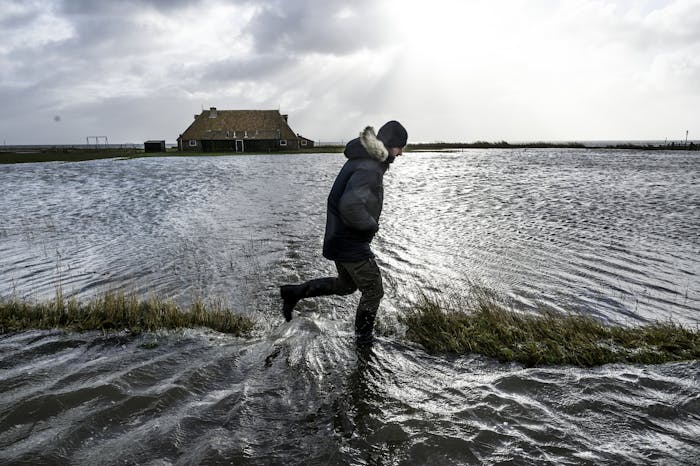Loss of Habitats and Ecosystem Services
The densely populated Mekong River Delta, the world’s third largest delta, is considered one of Southeast Asia’s most important food baskets.
Rich biodiversity hot spots are found in the delta. The delta is increasingly affected by human activities and exposed to subsidence and coastal erosion. Erosion and land loss now affect over 50% of the delta shoreline. Shoreline erosion is already responsible for displacement of coastal communities. Loss of productive mangrove belts and intertidal areas that stabilized the shores and protected the hinterland from storm surges make the coastal communities more vulnerable to accelerated subsidence and sea-level rise.

 11 Sustainable Cities and Communities
11 Sustainable Cities and Communities
 13 Climate Action
13 Climate Action